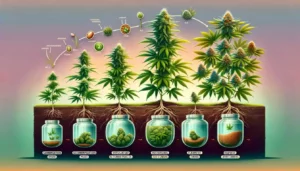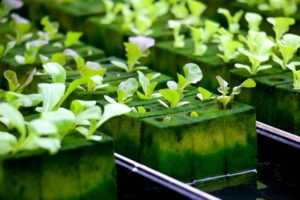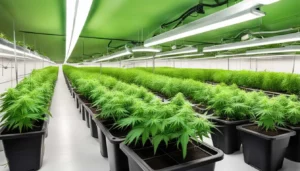Growing weed indoors has become a popular choice for many cultivators, thanks to the control it offers over the growing environment and the ability to produce high-quality yields year-round. This comprehensive guide will walk you through the process of growing weed indoors, from selecting the right strains to harvesting and curing your buds.
Advantages of Indoor Cultivation
Control and Flexibility: One of the biggest advantages of growing weed indoors is the ability to control every aspect of the environment. Unlike outdoor growing, you’re not at the mercy of weather and seasonal changes. Indoor cultivation lets you manipulate conditions to suit your plants’ needs, ensuring optimal growth and yield.
Privacy and Security: Growing weed indoors also offers privacy and security, crucial in areas where stigma or legal concerns persist. It allows growers to cultivate discreetly, away from judgmental eyes and potential security risks.
Setting Up Your Grow Space
Choosing the Right Location: Your indoor grow space can be as small as a closet or as large as a dedicated room. Key factors include ventilation, accessibility, and the ability to control light and temperature. An ideal space is dry and cool, with the capacity to manage airflow effectively.
Climate Control: Temperature and humidity play significant roles in plant health. An optimal growing weed indoors environment involves managing these factors, which may require the use of heaters, AC units, dehumidifiers, and fans.
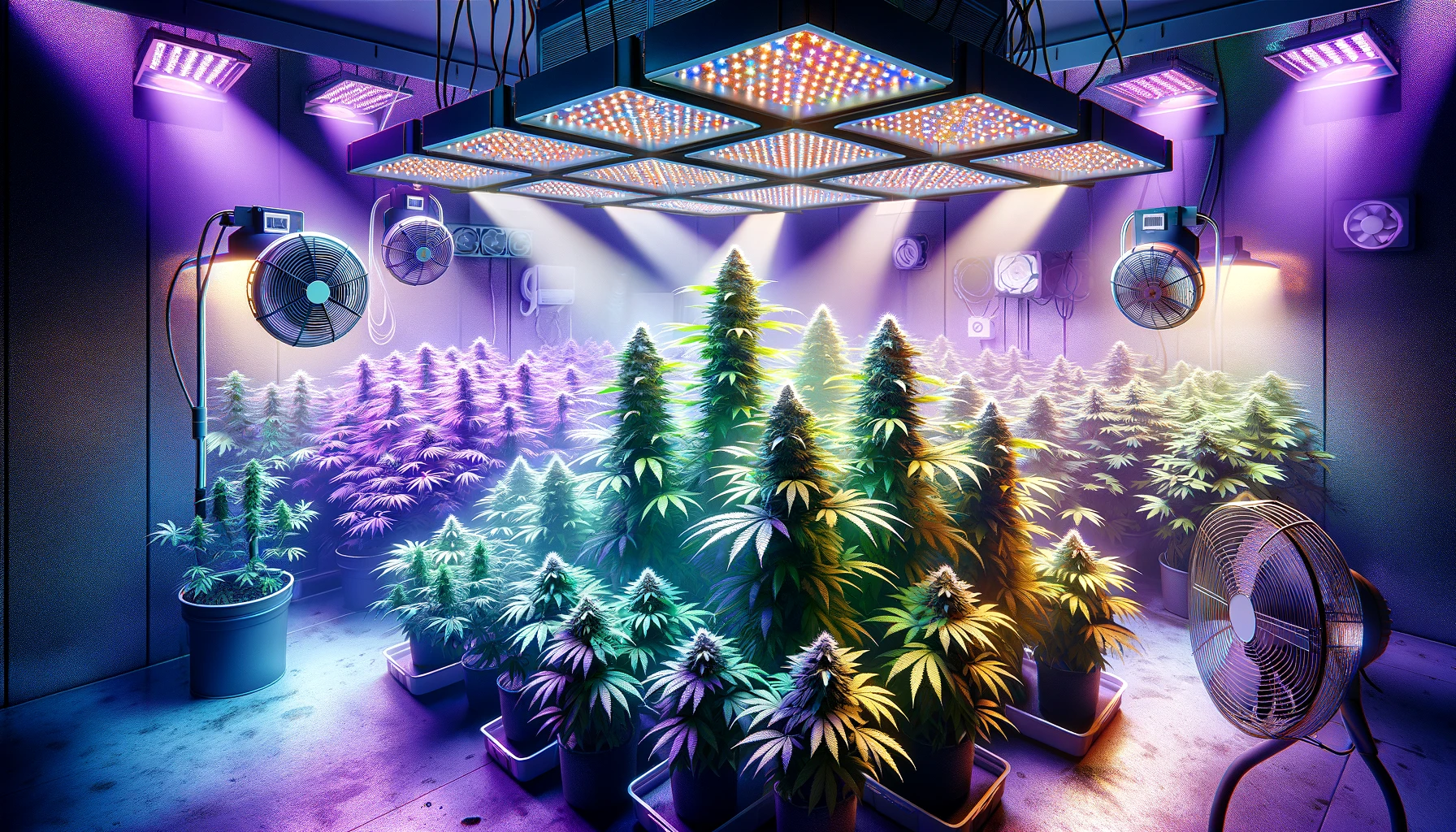
Lighting: The Heart of Growing Weed Indoors
Light Schedules: Cannabis plants require different light schedules during their vegetative and flowering stages. Advanced indoor growers use LED lights for their energy efficiency and lower heat output, but HID and fluorescent lights are also viable options.
Air Circulation and Ventilation
Ensuring Healthy Growth: Proper airflow is crucial to avoid mold, pests, and diseases. It also strengthens plant structure. Using oscillating fans can provide the necessary air movement within the grow space.
Water and Nutrients: The Essentials of Plant Health
Water Quality: The best water for growing weed indoors, is clean and at a pH of around 6-7. Regular tap water can often suffice, but it’s important to monitor its quality and pH levels.
Nutrient Management: Cannabis plants require different nutrients during their growth stages. Beginners should start with a lower concentration of nutrients and gradually increase as the plant matures.
Choosing the Right Growing Weed Indoors Medium
Soil vs. Hydroponics: For beginners, soil is the recommended medium due to its forgiving nature. Hydroponics can offer faster growth and higher yields but requires more expertise and equipment.
Containers and Pots
Root Health and Drainage: The choice of container is crucial for healthy root development. Ensure proper drainage and space for roots to expand. Fabric pots are a popular choice for their breathability and drainage capabilities.
Selecting Strains for Beginners
Strain Selection: Start with strains that are easier to grow and resistant to pests and diseases. Northern Lights, White Widow, and Blue Dream are excellent choices for beginners.
The Growth Cycle: From Germination to Flowering
Understanding Plant Stages: Cannabis plants go through several stages, each requiring different care levels. From the germination of seeds to the vegetative stage and flowering stage, understanding these phases is key to successful cultivation.
Seed Germination: Starting Your Cannabis Journey
Choosing Seeds: The quality of your cannabis journey starts with high-quality seeds. Opt for feminized or auto-flowering seeds for a more predictable and efficient growing weed indoors experience.
Germination Techniques: Seeds can be germinated using the paper towel method, where seeds are placed between moist paper towels and left in a warm, dark place until they sprout. This method is simple, effective, and widely used by beginners and experienced growers alike.
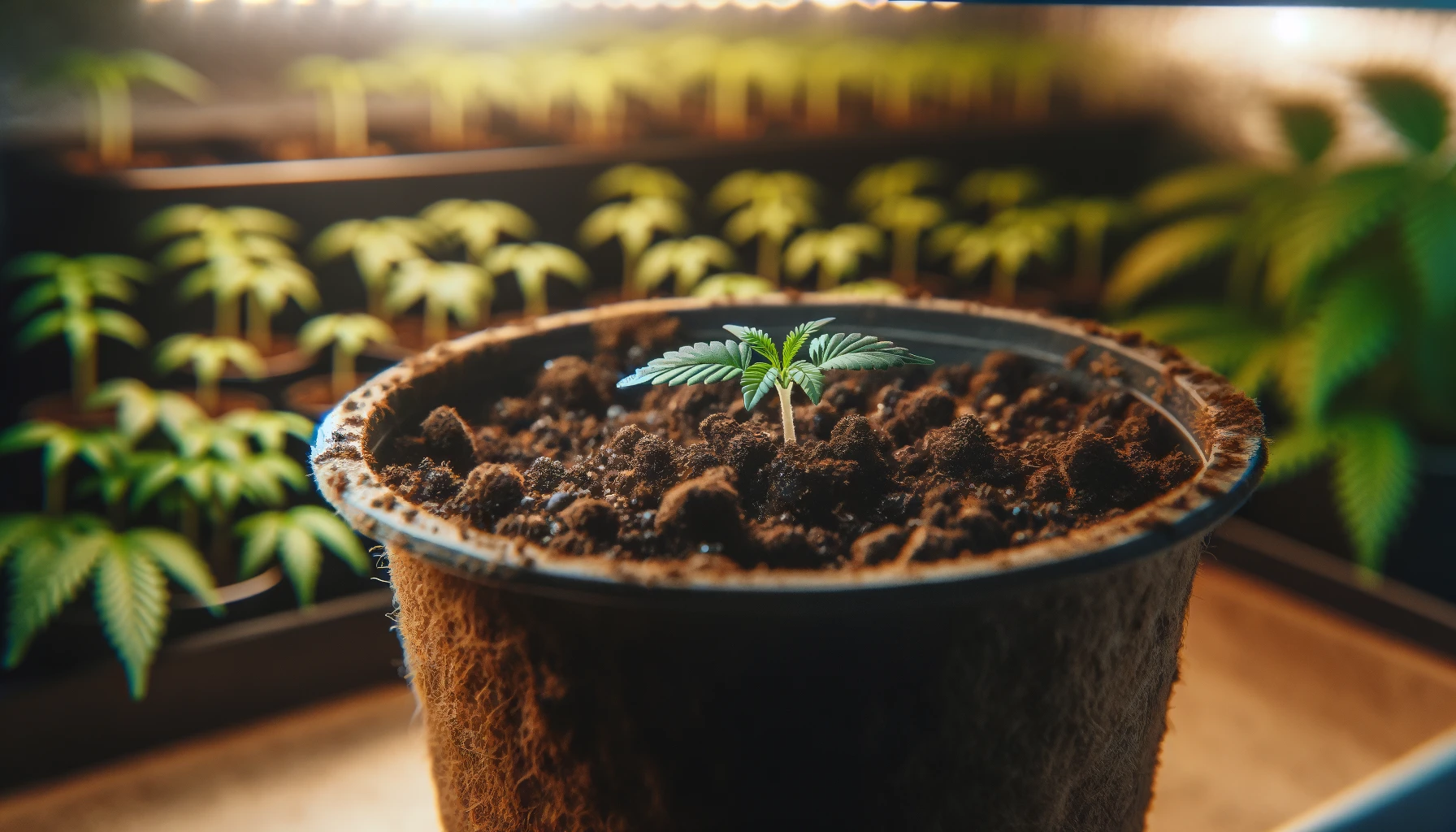
The Vegetative Stage: Establishing Growth
Lighting and Feeding: During the vegetative stage, plants require about 18 hours of light. This stage is crucial for establishing a strong root system and healthy foliage. Regular feeding with nitrogen-rich nutrients promotes healthy leaf and stem growth.
Pruning and Training: Techniques like topping and low-stress training (LST) can be employed to create a more robust plant structure and increase yield. Pruning helps in removing unnecessary leaves that might hinder light penetration to the lower parts of the plant.
Transitioning to Flowering: Triggering Bud Production
Change in Light Cycle: To initiate flowering, reduce the light cycle to 12 hours of light and 12 hours of darkness. This mimics the natural change in day length and triggers the plants to start producing buds.
Adjusting Nutrients: As the plant enters the flowering stage, phosphorus and potassium-based nutrients become more crucial. These nutrients aid in bud formation and overall bloom health.
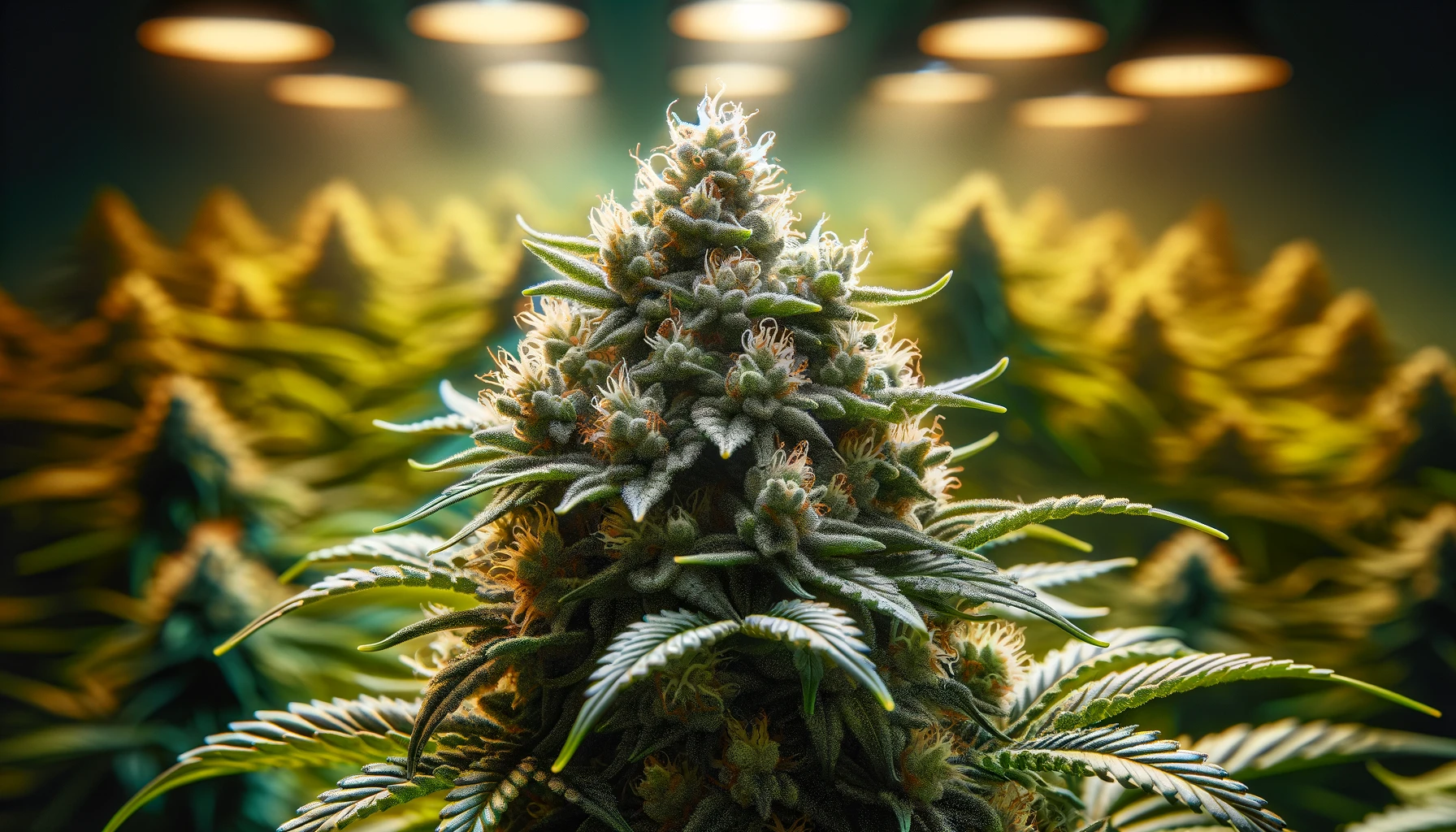
Monitoring Plant Health and Addressing Issues
Pest Control: Vigilance is key in detecting and managing pests. Organic pesticides and natural predators can be effective in controlling common cannabis pests like spider mites and aphids.
Disease Prevention: Good air circulation, proper watering practices, and cleanliness are vital in preventing mold and fungal diseases. Regular checks for signs of disease can prevent widespread damage to your crop.
Advanced Techniques for Maximizing Yield
CO2 Enrichment: Introducing additional CO2 into the grow room can significantly boost plant growth and yield. However, this technique requires careful monitoring and control.
Hydroponics: For more experienced growers, hydroponic systems can offer faster growth rates and higher yields. This soilless method of cultivation requires precise nutrient and pH management.

The Art of Watering: Techniques and Best Practices
Watering Schedule: Overwatering is a common mistake. Cannabis plants prefer a cycle of wet to dry soil. Use a moisture meter or the finger test to determine when to water.
pH and Nutrient Balance: Monitoring the pH of your water and nutrient solution is critical. Imbalances can lead to nutrient lockout, where plants cannot absorb nutrients efficiently.
Environmental Factors: Temperature and Humidity Control
Optimal Conditions: Keeping the grow room at the right temperature and humidity level is vital for healthy growth. Different stages of the plant’s life require different environmental conditions.
Tools and Equipment: Use thermometers and hygrometers to monitor these conditions. Automated systems can help maintain the ideal environment for your plants.
Harvesting and Curing: The Final Steps
Knowing When to Harvest: The right time to harvest is crucial for potency and flavor. Look for the color change in trichomes as an indicator. After harvesting, proper drying and curing are essential to enhance the quality of the final product.
Preparing for Harvest: Recognizing Maturity
Identifying Maturity: Understanding when your plant is ready for harvest is critical. The color and condition of trichomes are reliable indicators of maturity.
Flushing: Before harvesting, it’s advisable to flush the plants by only watering with plain water. This process removes excess nutrients and improves the taste and quality of the buds.
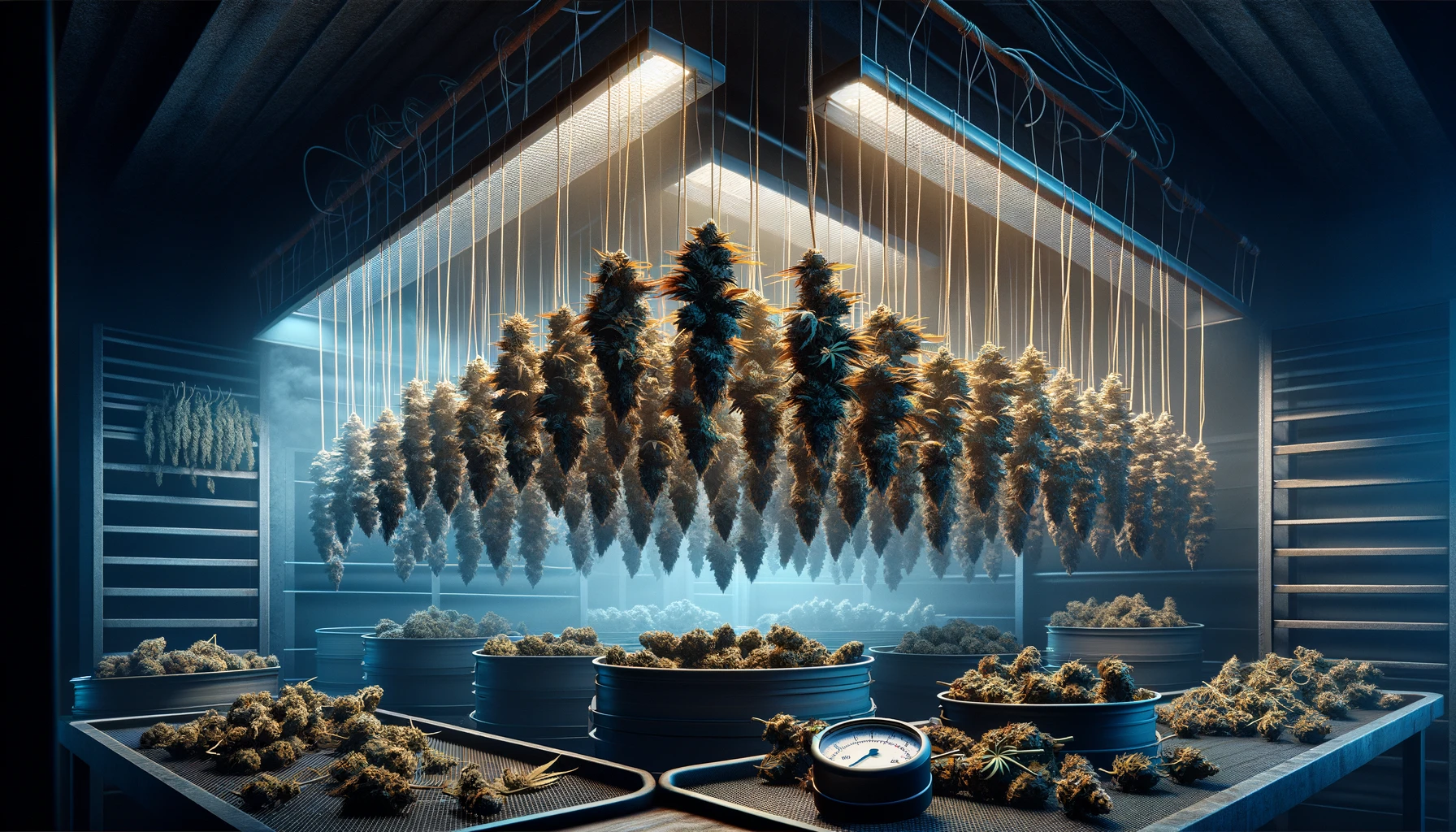
Post-Harvest Handling: Drying and Curing
Drying Process: After harvesting, hang the buds upside down in a controlled environment to dry. This should be done in a dark, cool space with controlled humidity.
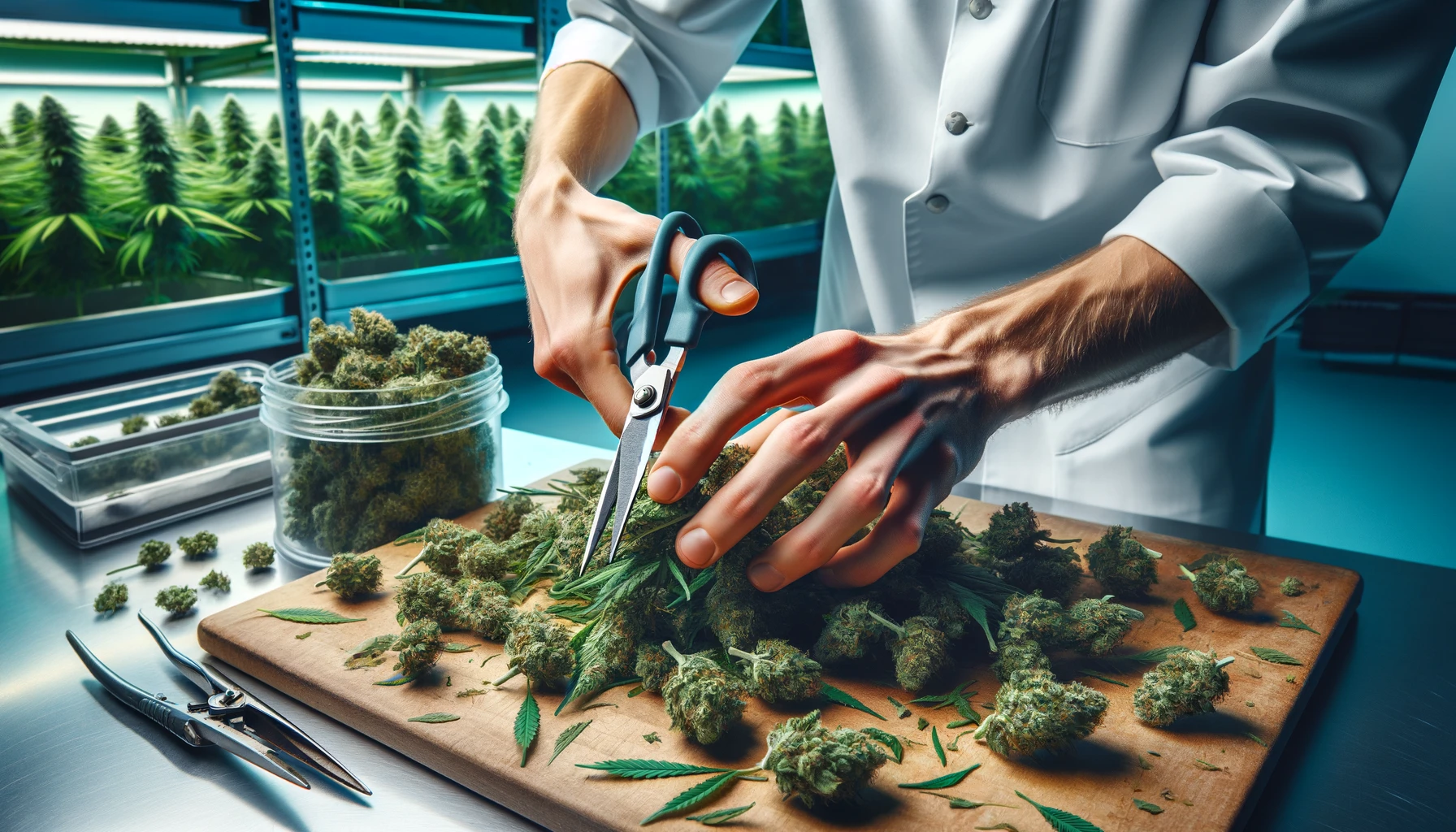
Curing for Quality: Proper curing enhances the potency and flavor of the buds. Store the dried buds in airtight jars and regularly ‘burp’ them to exchange air.
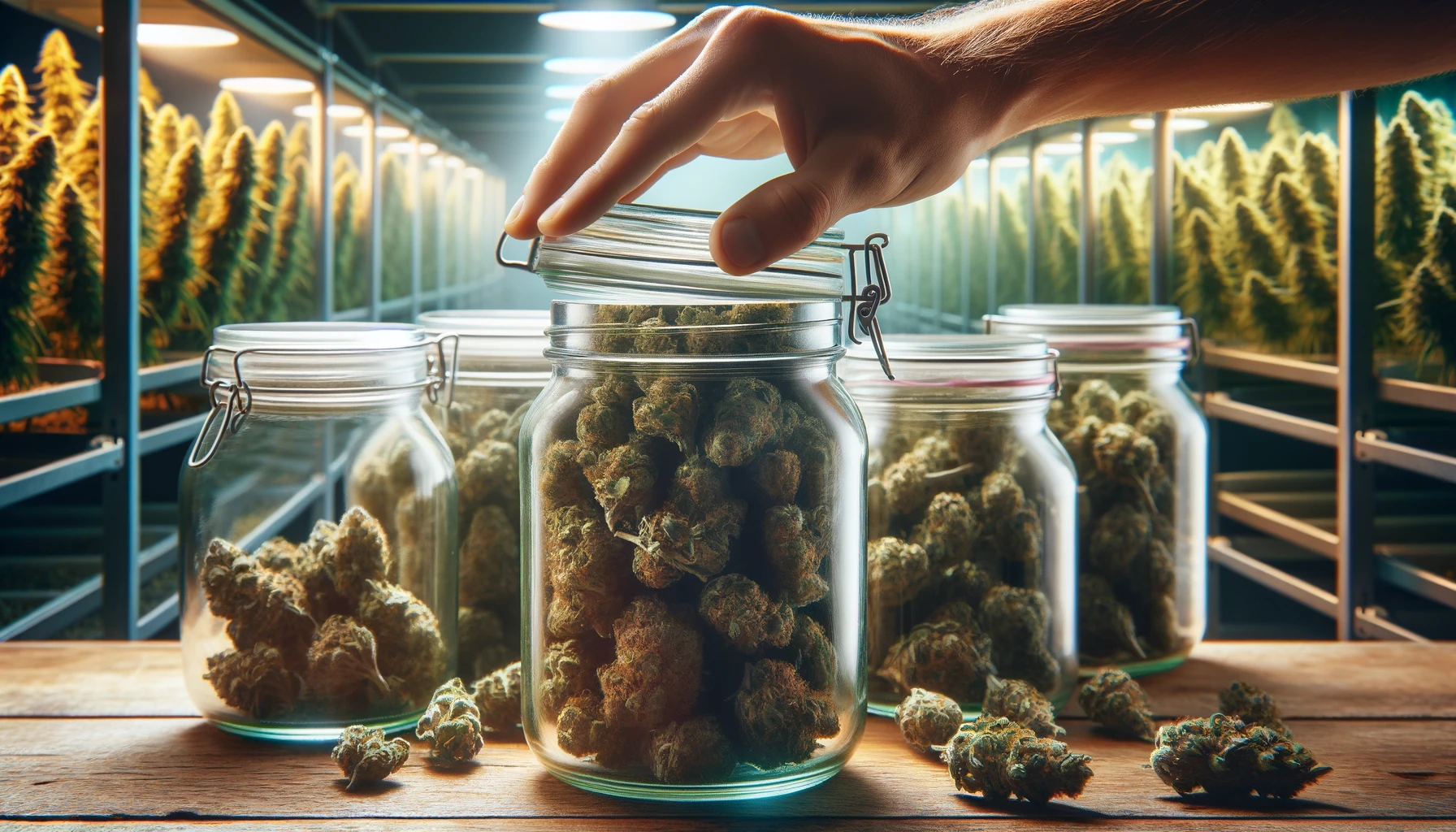
Troubleshooting Common Problems
Nutrient Deficiencies and Toxicities: Learn to recognize signs of nutrient issues. Yellowing leaves might indicate nitrogen deficiency, while burnt tips could suggest nutrient burn.
Environmental Stress: Plants showing signs of stress might be reacting to environmental issues like temperature swings or improper lighting.
Conclusion
Growing weed indoors requires dedication, patience, and a willingness to learn. By understanding and managing the various aspects of indoor cultivation, you can successfully grow high-quality cannabis in the comfort of your own home.

